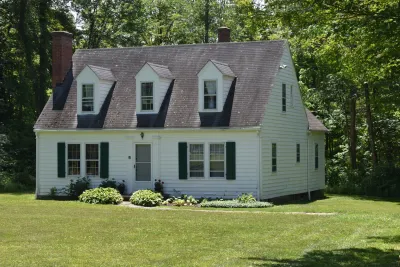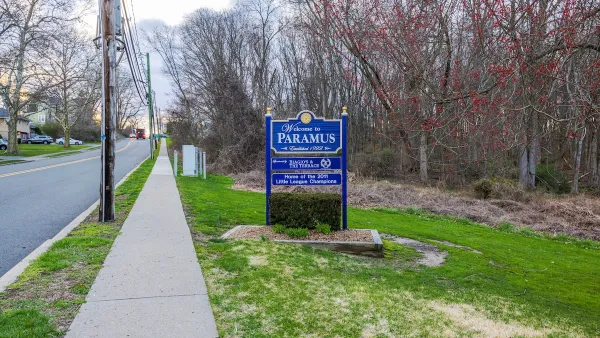Buying a house through the Sears catalog was, for a brief historical moment, a popular and affordable way to become a homeowner.

In an article in Fast Company, Adele Peters wonders why the Sears catalog homes popular in the early 20th century are no longer an affordable housing option. “When a $1.1 million Craftsman house in Boulder, Colorado, was first built in 1923, the materials came from a Sears catalog kit that cost $1,797, or the equivalent of around $32,000 today. Even with the extra cost of buying land, adding a foundation, plumbing, electricity, and potentially hiring a construction crew—though the house could technically be put together yourself, Ikea-style—it might have cost a total of around $64,000 in today’s dollars, a fraction of what it costs to build or buy a house now.”
As Peters notes, this wasn’t due to a lack of quality, either. “Sears used high-quality materials, and a century later, people still want to buy the houses. What made it economically possible for the company to offer this type of kit house then—and is it possible to do it today?” This was due in part to lower material costs, pre-fabrication and bulk purchasing, and the fact that many of the buyers built the home themselves.
So what are the challenges to replicating the success of the Sears catalog home now? “Large companies now could replicate that scale in prefab factories, but there are other challenges. Modern houses have more features that add to the cost—including insulation, energy-efficient windows, and new safety features.” Moreover, zoning regulations and building codes decided at the local level make it difficult to mass-produce homes that would pass every locality’s requirements.
Zoning reforms that lead to more permissive codes and state-level zoning changes can bring back the market for pre-fabricated homes. The concept is already popular with organizations building emergency shelter housing and vacation rentals. Some cities, such as Los Angeles, have developed a set of pre-approved designs for accessory dwelling units (ADUs), an increasingly popular tool for boosting the housing supply.
FULL STORY: A Sears house today should cost $32,000. Why can’t you buy one?

National Parks Layoffs Will Cause Communities to Lose Billions
Thousands of essential park workers were laid off this week, just before the busy spring break season.

Retro-silient?: America’s First “Eco-burb,” The Woodlands Turns 50
A master-planned community north of Houston offers lessons on green infrastructure and resilient design, but falls short of its founder’s lofty affordability and walkability goals.

Delivering for America Plan Will Downgrade Mail Service in at Least 49.5 Percent of Zip Codes
Republican and Democrat lawmakers criticize the plan for its disproportionate negative impact on rural communities.

Test News Post 1
This is a summary

Test News Headline 46
Test for the image on the front page.

Balancing Bombs and Butterflies: How the National Guard Protects a Rare Species
The National Guard at Fort Indiantown Gap uses GIS technology and land management strategies to balance military training with conservation efforts, ensuring the survival of the rare eastern regal fritillary butterfly.
Urban Design for Planners 1: Software Tools
This six-course series explores essential urban design concepts using open source software and equips planners with the tools they need to participate fully in the urban design process.
Planning for Universal Design
Learn the tools for implementing Universal Design in planning regulations.
EMC Planning Group, Inc.
Planetizen
Planetizen
Mpact (formerly Rail~Volution)
Great Falls Development Authority, Inc.
HUDs Office of Policy Development and Research
NYU Wagner Graduate School of Public Service





























